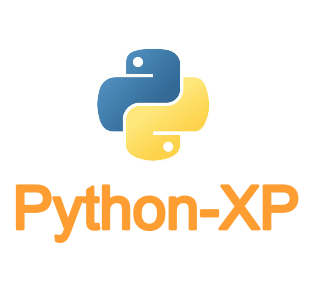HTML5 服务器发送事件(server-sent event)允许网页获得来自服务器的更新。
Server-Sent-Event
单向消息传递
Server-Sent 事件指的是网页自动获取来自服务器的更新。
以前也可能做到这一点,前提是网页不得不询问是否有可用的更新。通过服务器发送事件,更新能够自动到达。
例子:Facebook/Twitter 更新、股价更新、新的博文、赛事结果等。
浏览器支持
![]()
![]()
![]()
![]()
![]()
所有主流浏览器均支持服务器发送事件,除了 Internet Explorer。
检测 Server-Sent 事件支持
以下实例,我们编写了一段额外的代码来检测服务器发送事件的浏览器支持情况:
<script>
if(typeof(EventSource)!=="undefined")
{
// 浏览器支持 Server-Sent
// 一些代码.....
document.write("您的浏览器支持SSE!")
}
else
{
// 浏览器不支持 Server-Sent..
document.write("您的浏览器不支持SSE!!")
}
</script>
EventSource对象
EventSource 对象用于接收服务器发送事件通知
| 事件 | 描述 |
|---|---|
| onopen | 当通往服务器的连接被打开 |
| onmessage | 当接收到消息 |
| onerror | 当发生错误 |
应用实例
- EventSource(url) - 创建一个新的 EventSource 对象,参数为ESS URL(本例中是 "https://html.python-xp.com/test_sse")
- 每接收到一次更新,就会发生 onmessage 事件
- 当 onmessage 事件发生时,把已接收的数据推入 id 为 "result" 的元素中
<div id="result"></div>
<script>
var source=new EventSource("https://html.python-xp.com/test_sse",
{"withCredentials":false});
source.onmessage=function(event)
{
console.log(event)
document.getElementById("result").innerHTML+=event.data + "<br>";
};
source.onerror=function(e){
console.log(e)
}
source.onopen=function(e){
console.log("open")
console.log(e)
}
</script>
服务器端代码实例
为了让上面的例子可以运行,您还需要能够发送数据更新的服务器(比如 PHP 和 ASP)。
服务器端事件流的语法是非常简单的。把 "Content-Type" 报头设置为 "text/event-stream"。现在,您可以开始发送事件流了。
Python-Flask的SSE服务器实现
@app.route('/test_sse')
def test_sse():
def flush_content():
import time
for i in "hello world, i own the sun":
yield f"data:{i}\n\n"
time.sleep(3)
return app.response_class(stream_with_context(flush_content()), mimetype='text/event-stream')代码解释:
- 代码基于flask,使用流模式,yield每一条消息,每条消息使用2个换行符
- 把报头 "Content-Type" 设置为 "text/event-stream"
- 如果nginx代理需要规定不对页面进行缓存
- 输出发送日期(始终以 "data: " 开头)

讨论区